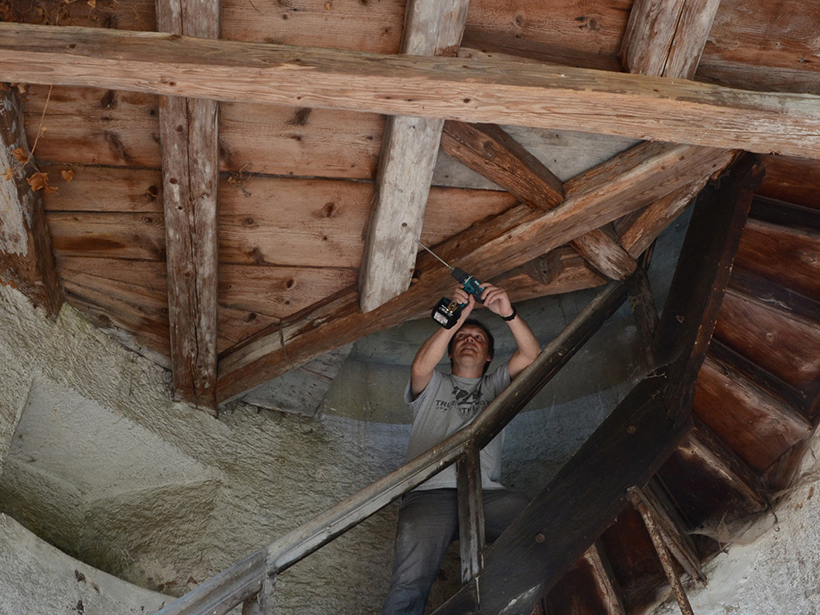Many scientists use tree rings to reconstruct past climates. Through dendrochronology, the method of dating tree rings, scientists can determine past temperatures and other climate conditions.
But researchers can also use dendrochronology to date old buildings. Using samples of wood taken from old buildings in Europe, Fredrik Charpentier Ljungqvist, a historian and paleoclimatologist at Stockholm University in Sweden, and Andrea Seim, a dendrochronologist at the University of Freiburg in Germany, figured out when the trees used in the buildings were cut down. They then created a huge database of building activity over hundreds of years.
The researchers used this information to uncover societal trends. Changes in construction activity often reflect changes in society, making such activities good indicators of what was happening in a certain place during a certain time period. During times of prosperity, when there is a lot of food and little disease, building activity generally increases, whereas hardships like drought, plague, and war generally cause people to build less.
Because written records from past centuries are sparse, scientists and historians can use building activity to supplement existing knowledge. For example, there was a drop in construction around 1300, suggesting that a period called the Late Medieval Crisis—a time of hardship—started earlier than previously thought.
In this episode of Third Pod from the Sun, Ljungqvist and Seim explain how they were able to date construction timbers to reconstruct building activity in Europe from 1250 to 1699 and how they then used this information to uncover information about society at the time.
The researchers explain how they get their samples; the expected and surprising results uncovered about the Black Death, the Great Famine, the Thirty Years’ War, and the Late Medieval Crisis; and how their large collection of tree-felling dates can serve as new historic source material for studying European history.
—Nanci Bompey (@nbompey), Public Information Officer, AGU
Citation:
Bompey, N. (2020), Discovering Europe’s history through its timbers, Eos, 101, https://doi.org/10.1029/2020EO139102. Published on 27 January 2020.
Text © 2020. AGU. CC BY-NC-ND 3.0
Except where otherwise noted, images are subject to copyright. Any reuse without express permission from the copyright owner is prohibited.
Text © 2020. AGU. CC BY-NC-ND 3.0
Except where otherwise noted, images are subject to copyright. Any reuse without express permission from the copyright owner is prohibited.


